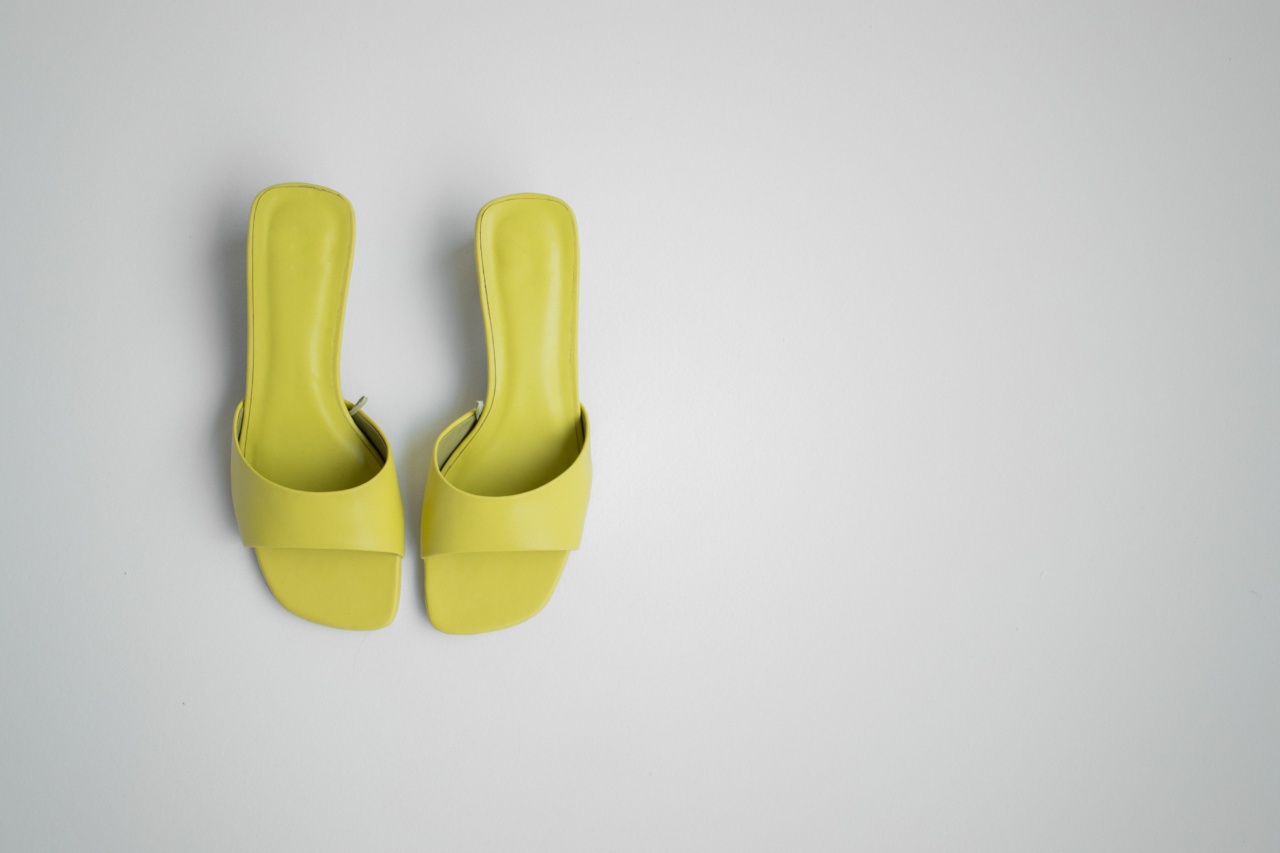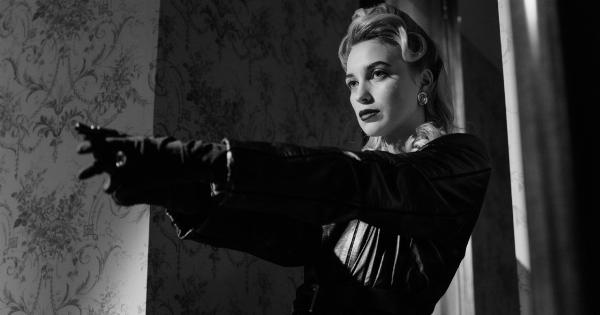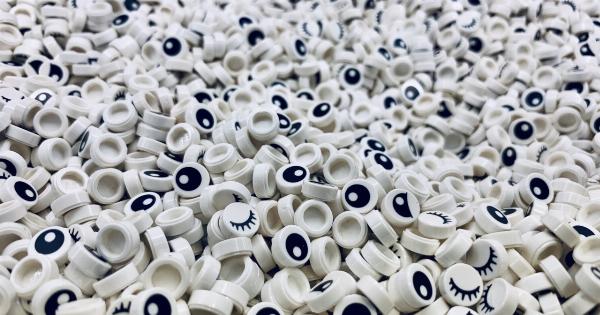Models have always been a fascination for humans. The world of fashion and modeling has grown leaps and bounds over the years. People admire and adore models not just for their clothing, looks, or style, but also for their ability to make a statement.
Becoming a supermodel is a goal for many, but it is not easy to achieve. Indiana University has come up with an algorithm that can detect whether a model will reach supermodel status or not. The algorithm is groundbreaking and has created a buzz in the fashion world.
The Making of the Algorithm
The Indiana University team used machine learning to develop the algorithm. To create the model, the team used data of nearly 20,000 models over a span of 15 years.
The model has a 90% accuracy rate and can predict if a model will achieve supermodel status. The algorithm uses several factors including facial features, build, and other attributes to determine the likelihood of a model’s success.
Breaking it Down: How the Algorithm Works?
The algorithm can predict supermodel success through analyzing the following factors:.
Facial Features
Facial features play a huge role in determining a model’s success. The algorithm takes into account the symmetry of the face, the distance between the eyes, the ratio of the nose, and cheekbones.
The distance between the eyes is one of the most important factors considered by the algorithm because it determines the appeal of the face and the jawline.
Build
Physical build is also considered by the algorithm when predicting supermodel success. The algorithm considers things like height, weight, and body measurements. Body proportions are particularly important in the modeling world.
Previous Work Experience
The algorithm also looks at the previous work experience of a model. This includes the number of years of experience, the number of fashion shows attended and the number of designers worked with.
Social Media Presence
In this digital age, the algorithm also takes into account a model’s social media presence. An active social media presence and a large following can be advantageous for a model’s success.
Modeling Agency
The agency a model works with also plays a role in determining the success of a model. The algorithm considers the reputation of the modeling agency, the number of successful models in the agency, and their achievements.
Benefits of the Algorithm
The algorithm has several benefits for the modeling industry. The algorithm can streamline the process and make it easier for modeling agencies to find the ideal model for their clients.
It can also help models in terms of identifying their best qualities and areas they need to work on. The algorithm helps to bridge the gap between supply and demand, both for the models and the agencies. In the long run, this could help the modeling industry evolve and grow.
Limitations of the Algorithm
Although the algorithm has a 90% accuracy rate, it is not perfect. Modeling and fashion are constantly evolving and there are often exceptions to the rules.
The analysis of factors like facial features is subjective and can vary with time and changes in fashion trends. Furthermore, there are several intangible factors like charisma, personality, and vocal tone that play a significant role in modeling that can’t be analyzed through data.
Conclusion
The Indiana University algorithm is an innovative way to predict supermodel success. It can potentially revolutionize the modeling industry and make modeling more accessible to a wider range of people.
However, the algorithm is not flawless and the analysis of some factors like facial features is subjective. Nonetheless, the algorithm may still help to make the selection process easier for both the modeling agencies and the models, and by doing so contribute to the evolution of the modeling industry.




























